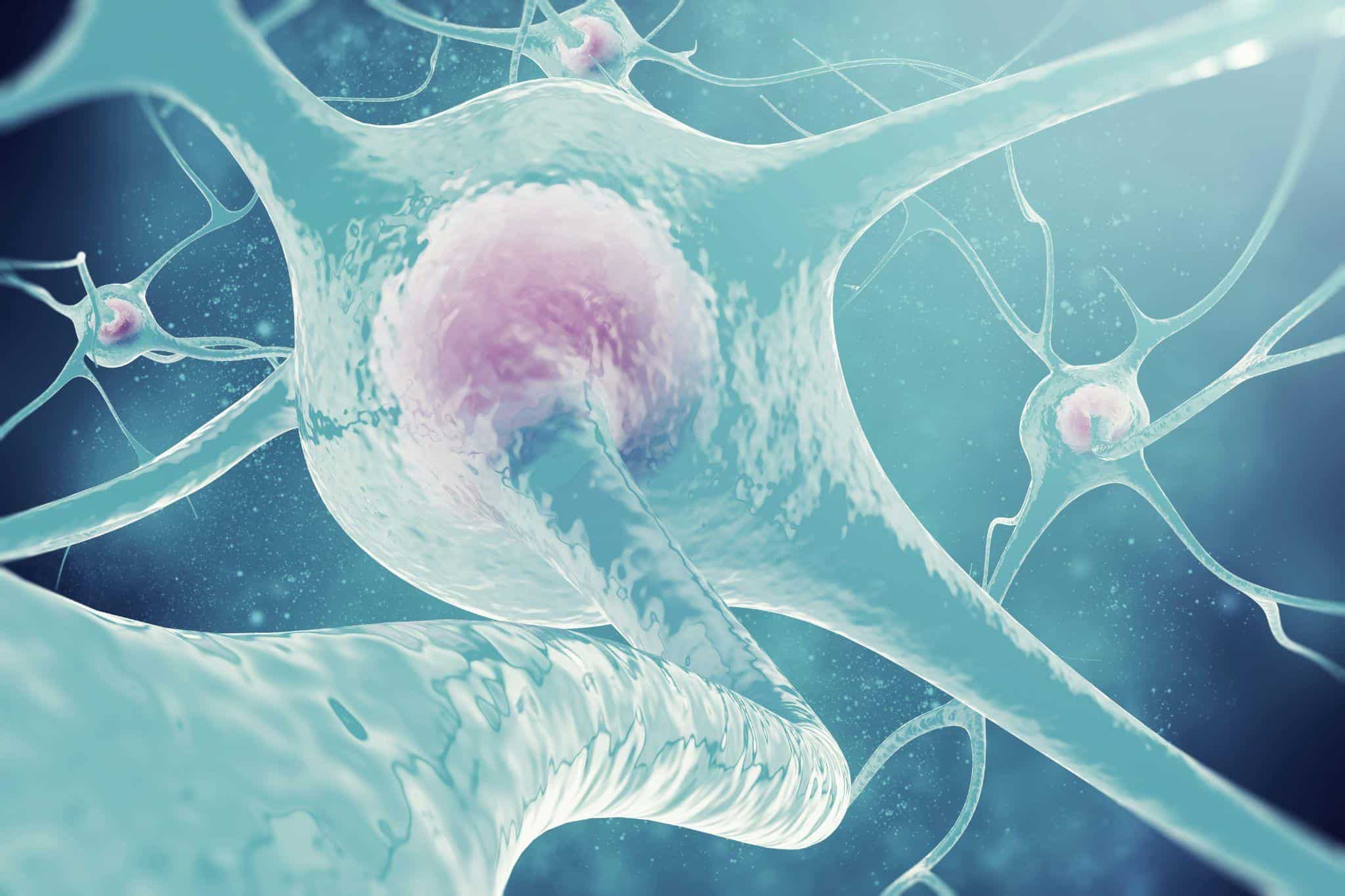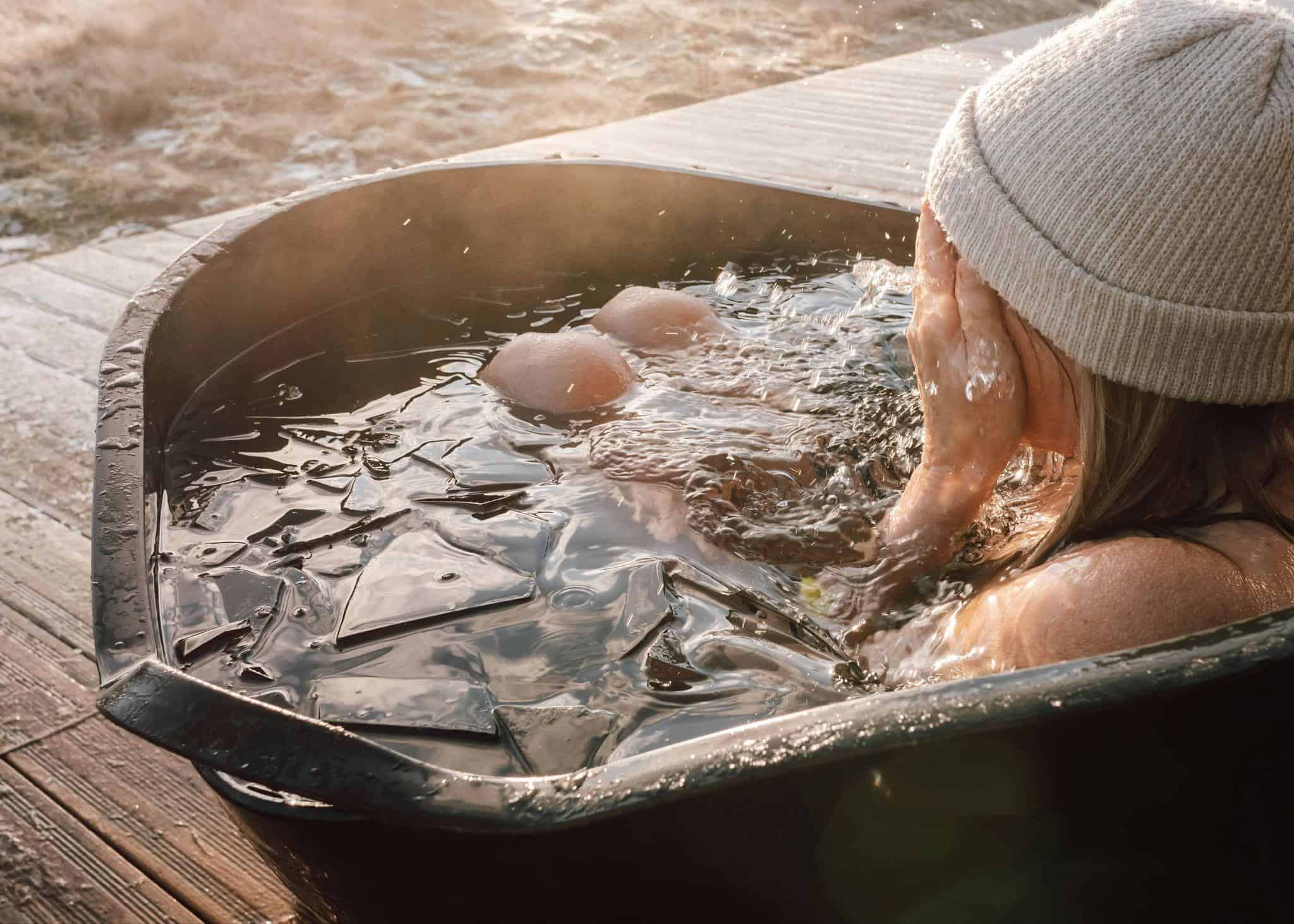“Where did my body end? Where did the Earth begin? For a moment, we were seamless.”
– Dr. Kavin Mistry, Primal Health Design
Key Points
- Cold exposure between 50–59°F (10–15°C) is ideal for beginners; seasoned practitioners may go colder
- A 2-minute cold plunge can elevate mood, improve metabolism, and activate mitochondrial repair.
- Consistency, not intensity, is what transforms cold—from shock to strength
What Are the Real Benefits of a Cold Plunge?
- Vasoconstriction: Your blood vessels constrict to redirect blood flow to core organs. This preserves vital function while reducing inflammation. Upon exiting the cold, vasodilation takes over, flushing fresh, oxygen-rich blood back through the system.
- Mitochondrial Activation: Cold exposure encourages mitochondrial biogenesis—your cells build more energy engines, boosting endurance and metabolic flexibility.
- Nervous System Reset: By shifting your body into parasympathetic dominance (rest-and-digest), cold plunges help regulate the stress response and improve vagal tone.
- Mood & Focus Boost: Cold exposure increases catecholamines such as noradrenaline and dopamine, supporting alertness, mood, and sustained energy.
- Anti-Inflammatory Effects: Cold plunging reduces oxidative stress and dampens inflammation markers, improving recovery from physical and emotional stress.
- Thermogenesis: It activates brown adipose tissue, also called brown fat (BAT), a metabolically active fat that burns energy to generate heat, supporting healthy weight management and improved insulin sensitivity.
- Cellular Energy: Cold exposure triggers mitochondrial biogenesis, helping your cells make more energy under stress.
How Long Should You Cold Plunge?
| Experience Level | Water Temperature | Duration | Core Benefits |
| Beginner | 50–59°F (10–15°C) | 1–2 minutes | Boosts circulation, breath control, reduces inflammation |
| Intermediate | 45–50°F (7–10°C) | 2–3 minutes | Improves recovery, strengthens vagal tone, sharpens mood |
| Advanced | 39–45°F (4–7°C) | 3–5 minutes | Activates brown fat, improves mitochondrial function, builds resilience |
| Contrast Therapy | 45–55°F | 1–3 min per round | Enhances cardiovascular function, detox, and hormonal balance |
Cold Plunge Timing: Before or After Your Workout?
After a workout:
Cold immersion is excellent for reducing muscle soreness, inflammation, and speeding recovery, especially after high-intensity sessions or endurance training. However, if your primary goal is muscle growth, it’s best to delay your plunge by at least 4–6 hours post-workout, as immediate cold exposure may blunt muscle protein synthesis and reduce hypertrophy adaptations.
Before a workout:
This depends on your training goals. A cold plunge before training may reduce muscle power output and flexibility, which isn’t ideal for explosive or heavy resistance workouts. But, if your focus is on mental resilience, improved circulation, or stress management, a short cold plunge can increase alertness, stimulate noradrenaline, and set a focused tone for the rest of your session. Just be sure to warm up properly afterward.
→ Best practice?
If your goal is muscle growth, avoid cold plunging immediately before or after your workout. Instead, cold plunge on rest days or at least 4–6 hours post-training to support recovery without compromising gains. For endurance or nervous system regulation, use it strategically as part of your broader routine.
Cold as a Primal Reset

Cold immersion isn’t a one-off hack. It’s a retraining of the nervous system.
As I describe in my book Primal Health Design, we’re designed to thrive under the rhythms and signals of nature. From forest immersion to barefoot grounding to temperature oscillation, each input shapes how our biology expresses itself.
Cold immersion plays a central role in Paradigm 1: Earth, of the Primal Reset Program, as it directly supports mitochondrial function and energy production.
In my recent feature on PIX11 News, I shared how these 7 paradigms, from movement to mindset, form a foundation for reversing biological age. While the conversation covered the full spectrum of longevity, cold immersion exemplifies how controlled exposure to nature’s elements can awaken deep systems of repair.
→ Explore more on this topic by watching my Youtube Short where I go over the importance and benefits of cold exposure, not only on our body, but our mind.
Cold Plunge Safety & Support
Before diving in, consider:
- Medical conditions: If you have cardiovascular concerns, consult a physician. Research from Harvard Health notes that while cold plunging can be beneficial, it may not be safe for those with unstable heart conditions.
- Breathwork: Control your breath before controlling the water. In the Aligned Life Blog, Rewire Your Stress, I explain how breathwork is your gateway to nervous system mastery.
- Timing: Cold immersion works best when done consistently, but not obsessively. Quality over quantity.
- Integration: Cold is not a cure-all. It’s a gateway into deeper healing when layered with nutrition, sunlight, movement, and purpose.
If You’re Serious About Reversing Your Biological Age…
…cold is only the beginning.
In my book, Primal Health Design, I reveal the 7 key paradigms that rewire your physiology, sharpen your mind, and reset your biological age from the inside out—backed by science and grounded in ancestral wisdom.
In the Primal Reset Program, I guide you step-by-step through how to apply them, including cold therapy, so you can create a sustainable, cellular-level transformation.
These aren’t biohacks. They’re human code. The same wisdom that guided our ancestors is still written in your biology.
It’s time to remember.
If you’re ready to rediscover what your body is truly capable of, start with my book, Primal Health Design, and take it further with the Primal Reset Program, where we put the science into practice and transformation into motion.
